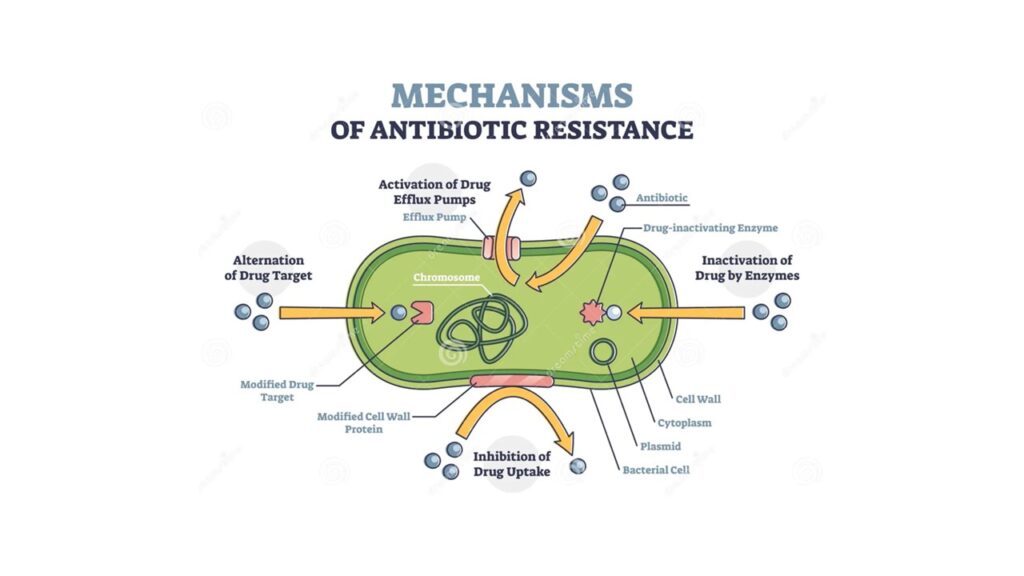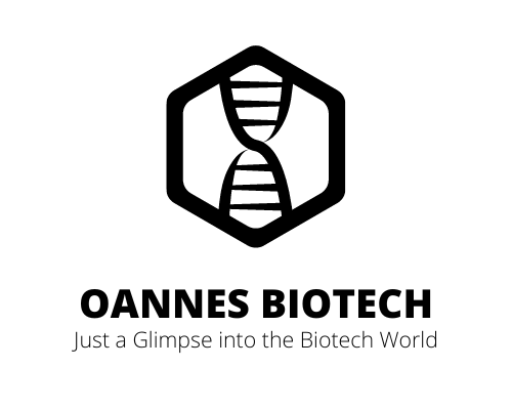In a landmark study published on February 15, 2024, researchers from Harward University, led by Professor Andrew Myers, revealed a groundbreaking synthetic antibiotic called cresomycin. This innovative antibiotic demonstrates remarkable efficacy against antimicrobial resistance mechanisms that have posed formidable challenges to existing treatments.
Cresomycin was meticulously designed using a revolutionary method known as component-based synthesis. This approach involves pre-building specific compound parts and then seamlessly assembling them into the final product. This unique methodology allowed the researchers to explore and test hundreds of candidate compounds, ultimately leading to the discovery of cresomycin.
Professor Myers emphasizes the importance of these results, stating, “While we don’t yet know whether cresomycin and drugs like it are safe and effective in humans, our results show significantly improved inhibitory activity against a long list of pathogenic bacterial strains that kill more than a million people every year, compared with clinically approved antibiotics.“

The inspiration for cresomycin’s design stems from lincosamides, a class of antibiotics known for their effectiveness against a wide range of infections. By modifying these natural complex products with the help of component-based synthesis, the researchers finally created the compound that tightly binds to its target – bacterial ribosomes. This is achieved with the acquisition of the ideal conformation for binding, which allows cresomycin to expend significantly less energy in conforming to its target compared to existing drugs. For this reason, the antibiotic is said to be “preorganized” for ribosomal binding.
Because of this tight binding capacity, cresomycin manages to circumvent the shielding mechanism developed by the strains with greater resistance against antibiotics, such as the methylation of nucleotides in rRNA. Cresomycin can potentially inhibit Gram-negative and Gram-positive bacteria in mouse models, both in vivo and in vitro. This unique capability positions cresomycin as a formidable weapon against antibiotic-resistant strains.
The Harward team’s success is not limited to cresomycin alone. They have several promising compounds in their arsenal and are gearing up to advance them through preclinical studies. This ambitious endeavor is made possible by a generous $1.2 million grant from the Combating Antibiotic-Resistant Bacteria Biopharmaceutical Accelerator (CARB-X), a global nonprofit partnership based at Boston University. CARB-X aims to support early-stage antimicrobial research, and their substantial financial support underscores the potential of the Harward team’s work.




